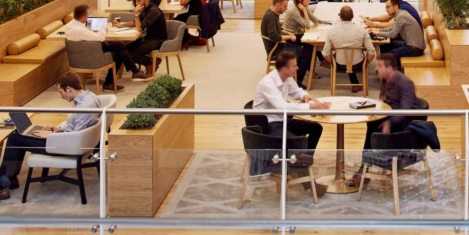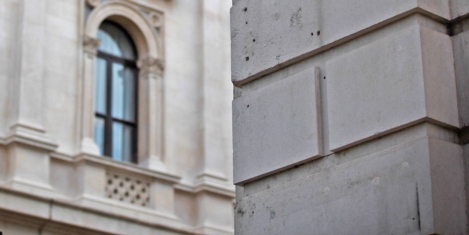May 9, 2017
Number of CEOs with technical background grows to meet demands of digital economy 0

The number of CEOs from a financial background is falling as firms put more sway into technology skills, a new report claims. The annual Robert Half FTSE 100 CEO Tracker shows that in the last four years the number of CEOs with a technology background trebled as businesses prepare to compete in an increasingly digital economy. In 2014, only three CEOs had a background in technology while today this number has increased to 11. There is a also a generational shift occurring in the FTSE 100, with just eight CEOs under the age of 50 on the FTSE 100, a quarter less than in 2010 when there were 33 CEOs under the age of 50. The typical age of a CEO is 55 years old and the average tenure is five years and two months. While a majority of CEOs still have a background in finance, this figure has fallen to 43 percent from 55 percent last year and the lowest level in three years. Of those CEOs with a financial background, nearly half (19 percent) are Chartered Accountants.















 In this week’s
In this week’s 




 Long working hours are embedded into Small and medium sized firm’s (SME) culture, new research by AXA PPP healthcare has claimed, with 47 percent of employees in SMEs across the UK regularly working four or more hours of overtime per week, 27 percent of these putting in seven or more hours and for half (52 percent), the extra hours are unpaid. In addition, 22 percent of employees take fewer than 30 minutes for lunch, 19 percent have cancelled family time and 19 percent have missed a child’s event such as a school play due to working over and above their contracted hours. Over half (54 percent) of employees have continued to work after putting children to bed. With Britain’s small and medium sized firms making up 99.9 percent of the UK’s private sector businesses, employing nearly 3/5 of its workforce and accounting for 48 percent of the turnover this accounts for a lot of workers.
Long working hours are embedded into Small and medium sized firm’s (SME) culture, new research by AXA PPP healthcare has claimed, with 47 percent of employees in SMEs across the UK regularly working four or more hours of overtime per week, 27 percent of these putting in seven or more hours and for half (52 percent), the extra hours are unpaid. In addition, 22 percent of employees take fewer than 30 minutes for lunch, 19 percent have cancelled family time and 19 percent have missed a child’s event such as a school play due to working over and above their contracted hours. Over half (54 percent) of employees have continued to work after putting children to bed. With Britain’s small and medium sized firms making up 99.9 percent of the UK’s private sector businesses, employing nearly 3/5 of its workforce and accounting for 48 percent of the turnover this accounts for a lot of workers.













